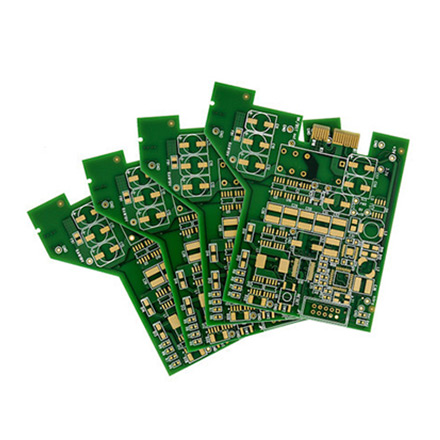

High Performance Low-E Glass The Future of Energy Efficiency in Building Design
In today's world, energy efficiency and sustainability have become paramount concerns, particularly in the building industry. As architects and builders strive to create more environmentally friendly structures, high-performance low-emissivity (low-E) glass has emerged as a revolutionary material, offering numerous benefits that align with modern energy standards and consumer expectations.
Low-E glass is coated with a microscopically thin layer of metal or metallic oxide that reflects heat while allowing light to enter. This innovative technology plays a pivotal role in regulating indoor temperatures by minimizing heat transfer. By keeping heat inside during cold months and outside during hot months, low-E glass provides a consistent and comfortable indoor environment, all while reducing the reliance on artificial heating and cooling systems.
High Performance Low-E Glass The Future of Energy Efficiency in Building Design
Another critical aspect of high-performance low-E glass is its role in enhancing indoor comfort. With its ability to block ultraviolet (UV) rays and infrared radiation, low-E glass helps maintain a stable temperature while protecting furnishings and art from fading due to sun exposure. The reduction in glare and UV radiation contributes to a more pleasant indoor atmosphere, which is particularly beneficial in residential and commercial spaces where natural light is a priority.

Beyond its functional advantages, the aesthetics of high-performance low-E glass should not be overlooked. Manufacturers offer a variety of styles and tints, allowing architects and designers to choose options that complement the building's design while still reaping the benefits of energy efficiency. The clarity and appearance of low-E glass can enhance curb appeal, making it a popular choice for new constructions and renovations alike.
Implementing low-E glass can also significantly impact LEED (Leadership in Energy and Environmental Design) certification, a globally recognized symbol of sustainability in building design. Structures that incorporate high-performance low-E glazing can earn points toward this prestigious certification, which not only enhances the building's marketability but also demonstrates a commitment to sustainable practices.
Despite its many benefits, the adoption of high-performance low-E glass does come with some initial costs, which can be higher than traditional glass. However, these costs should be viewed in the context of long-term savings. The reduced energy bills and increased property value over time can offset the upfront investment, making low-E glass a financially sound choice for property owners and developers.
In conclusion, high-performance low-E glass represents the forefront of energy-efficient building materials. Its capacity to reduce energy consumption, enhance indoor comfort, and contribute to sustainable building practices makes it an essential consideration for modern architecture. As we move towards a more environmentally conscious future, the integration of low-E glass in buildings will undoubtedly play a crucial role in shaping energy-efficient urban landscapes and fostering a sustainable world. By choosing high-performance low-E glass, we are not only investing in our buildings but also in our planet's future.